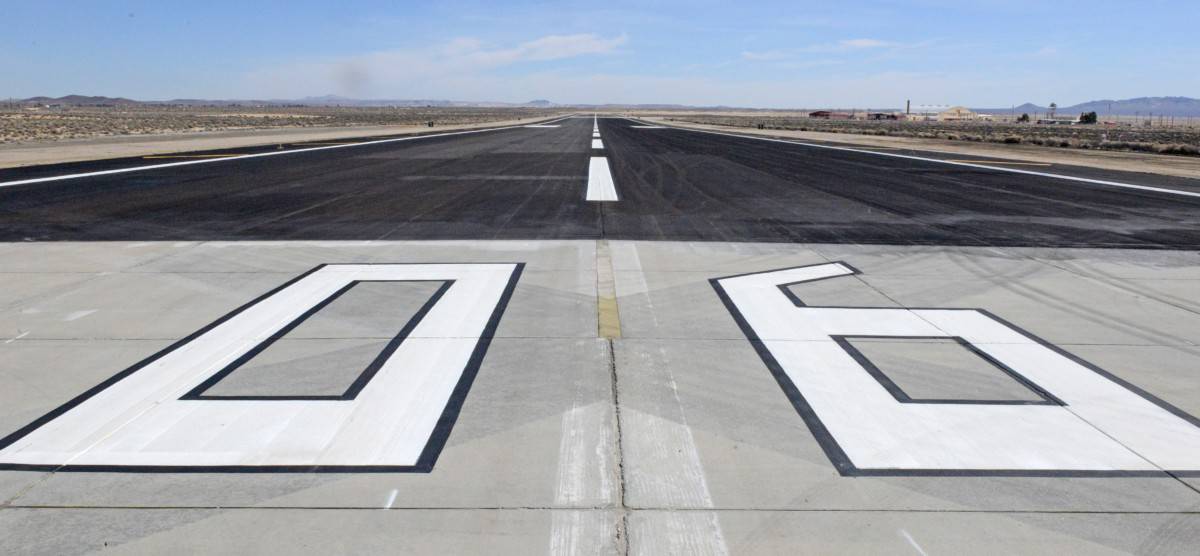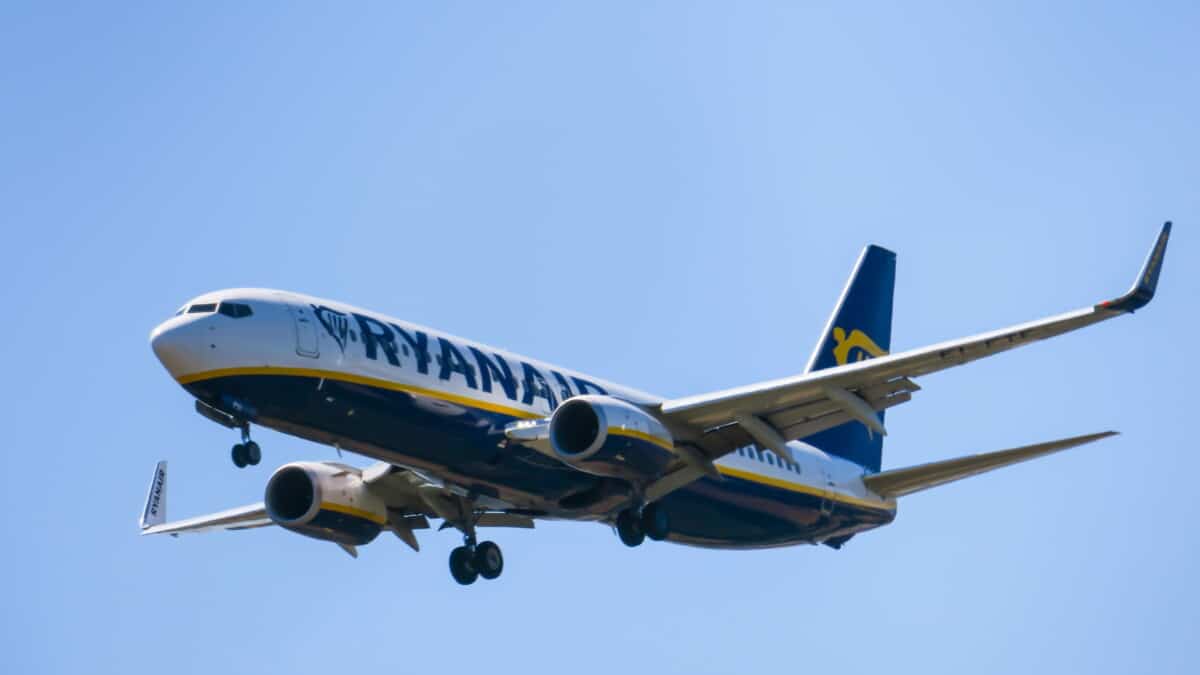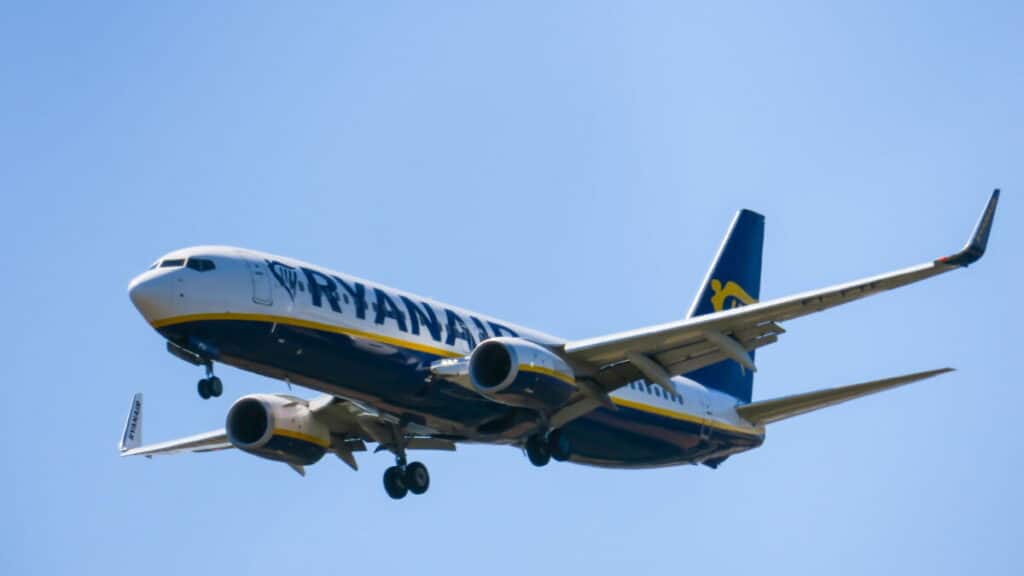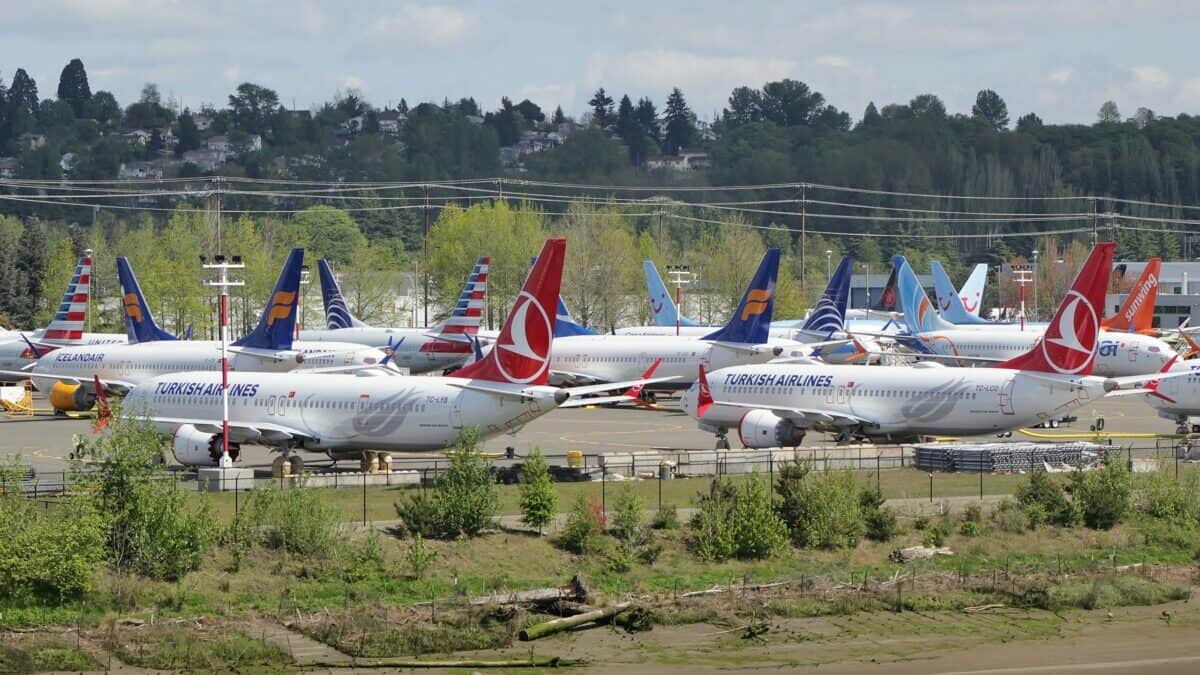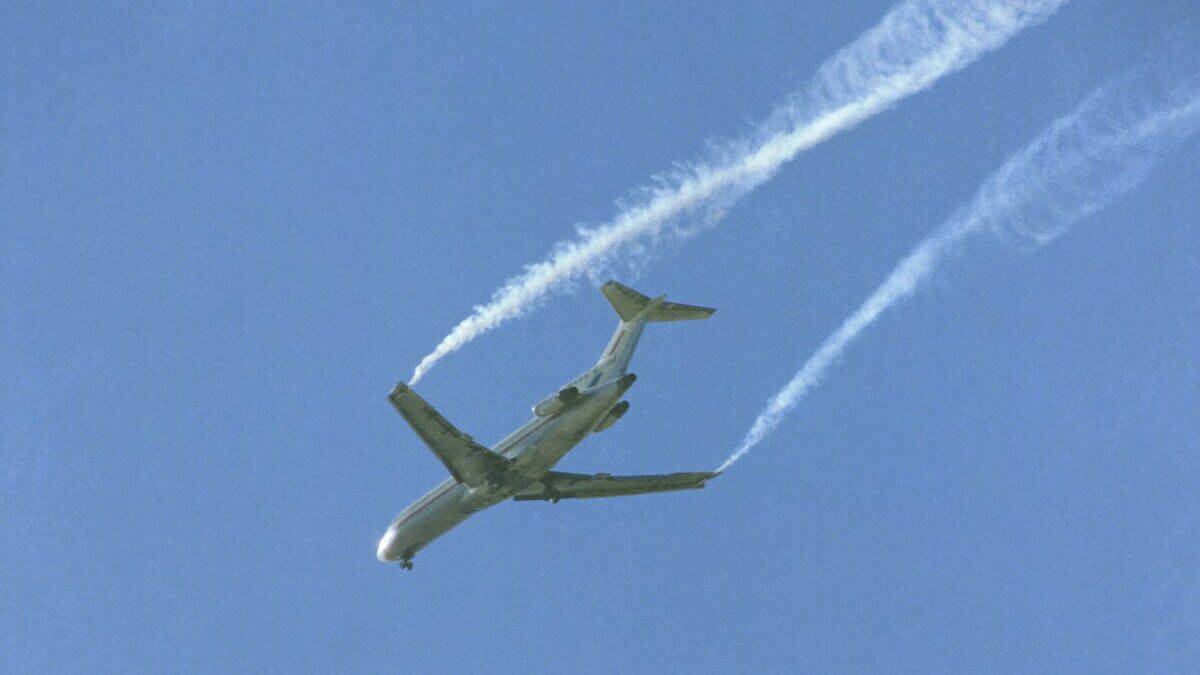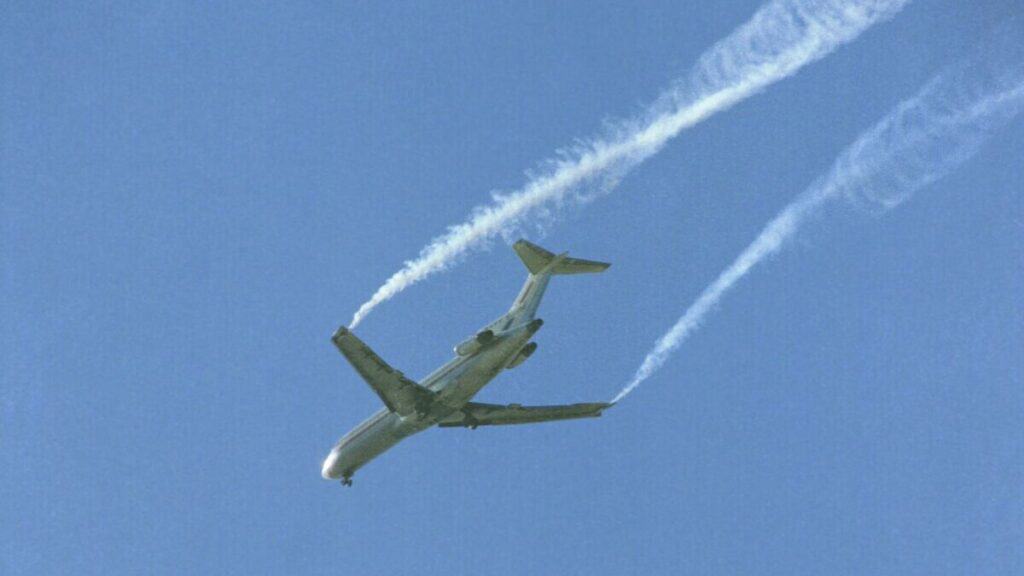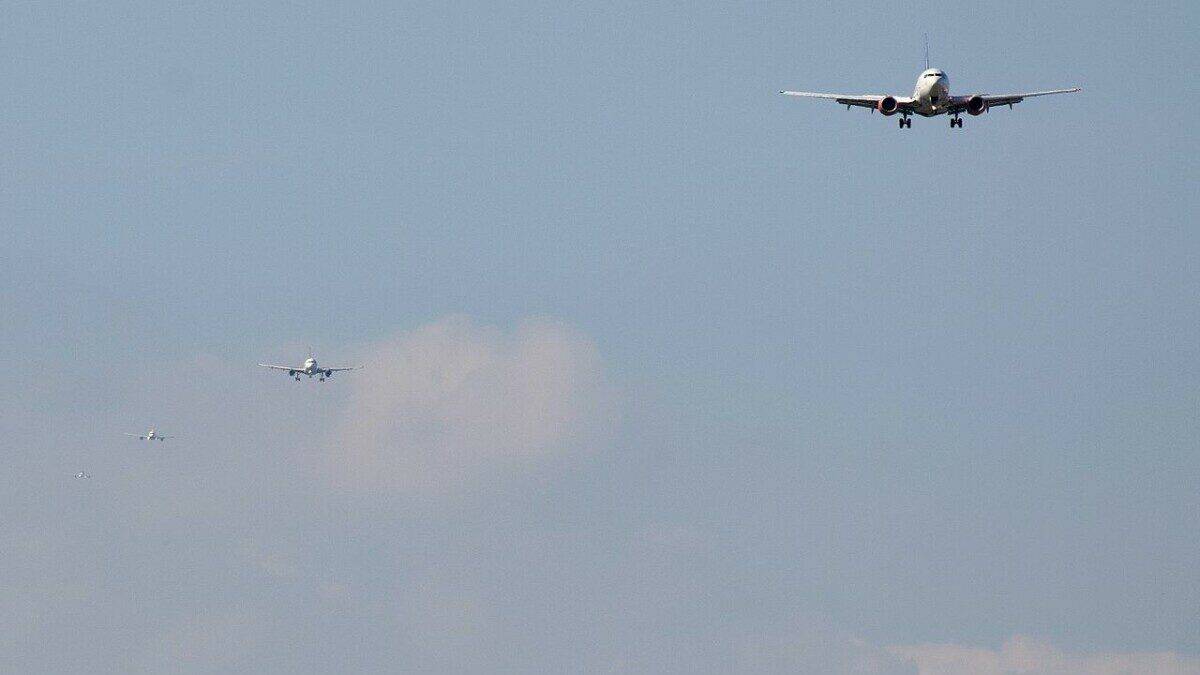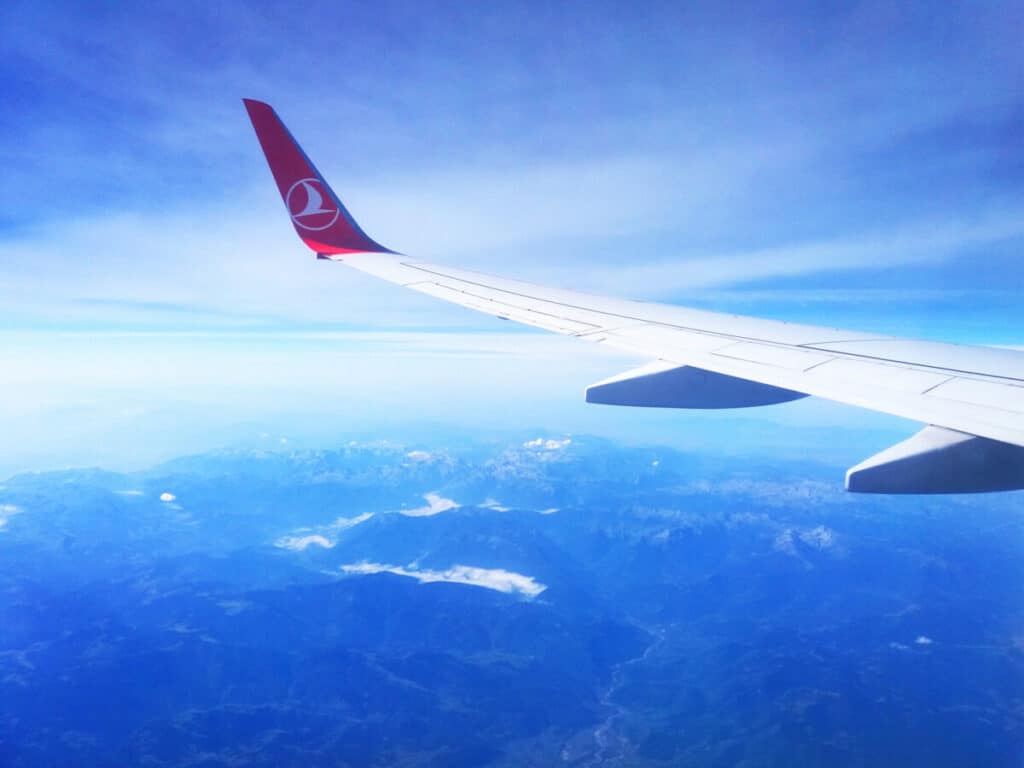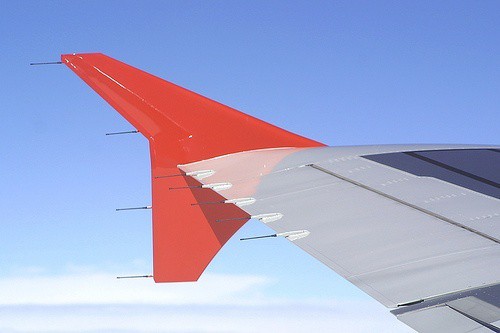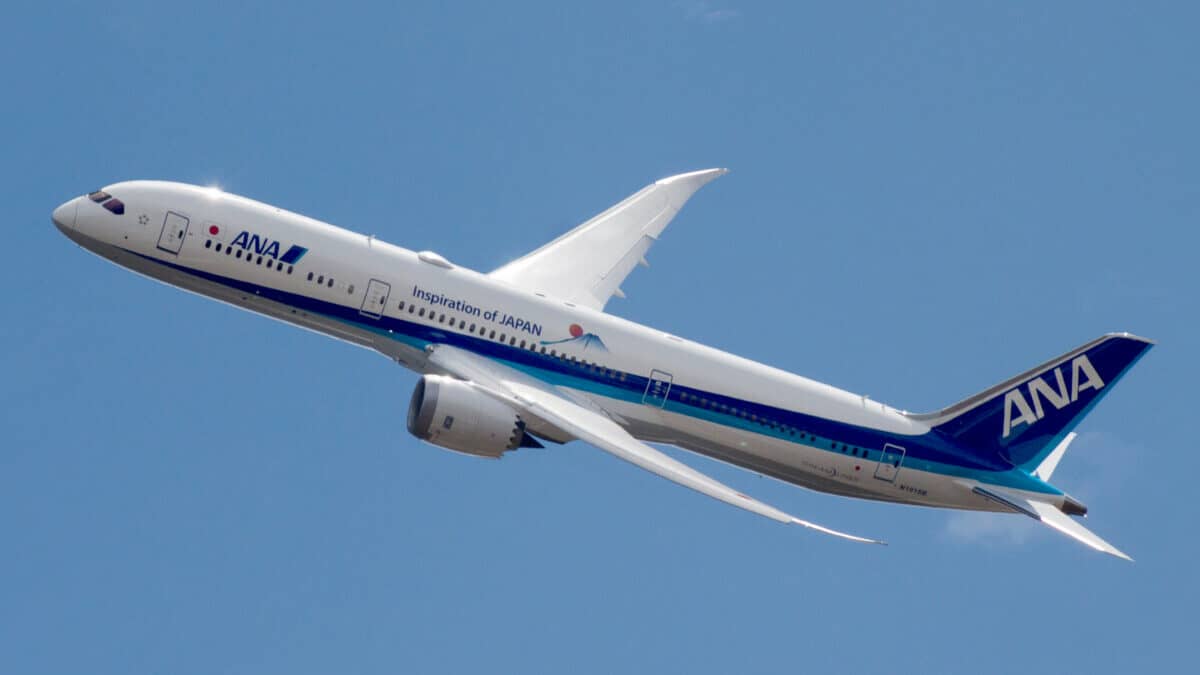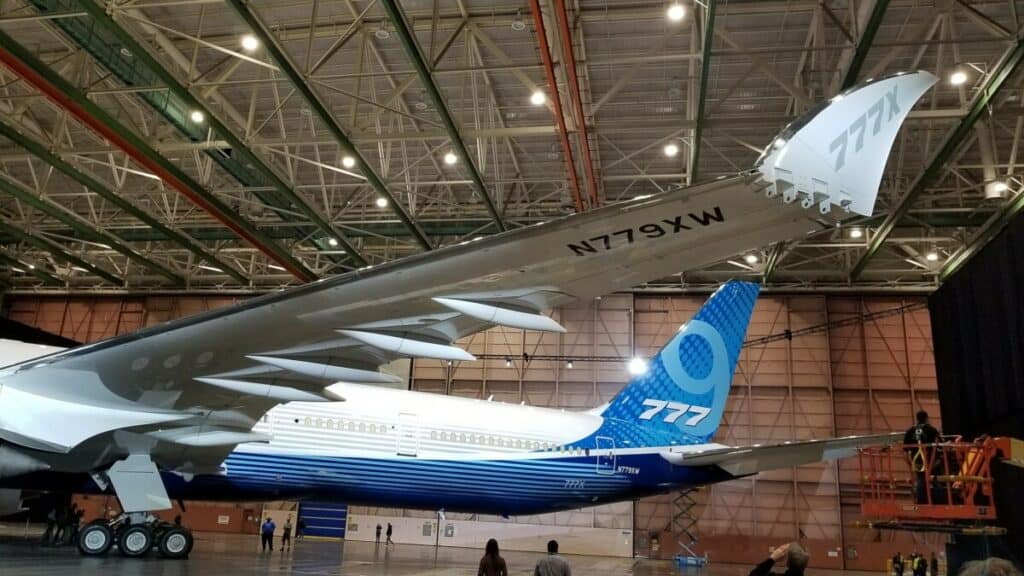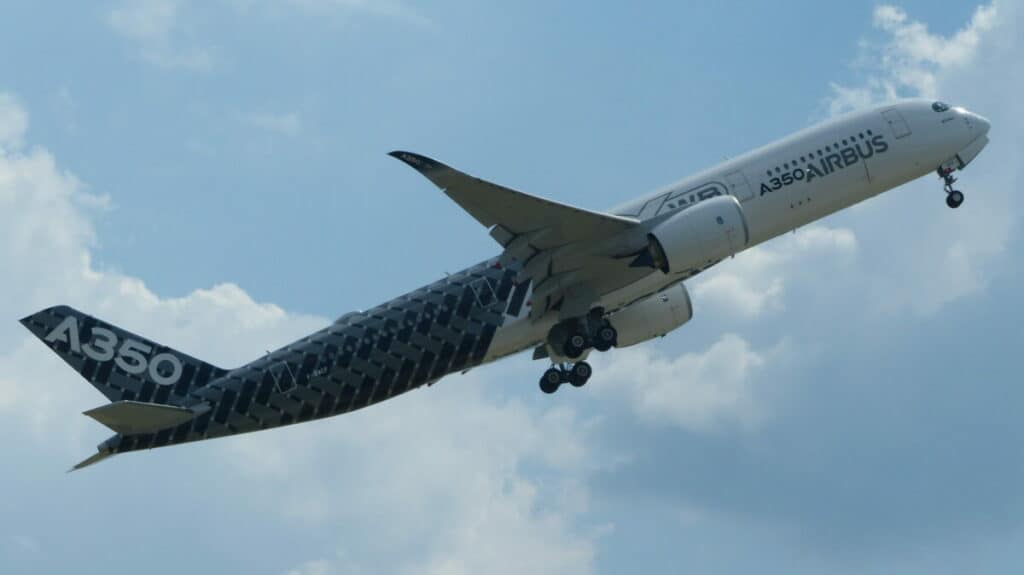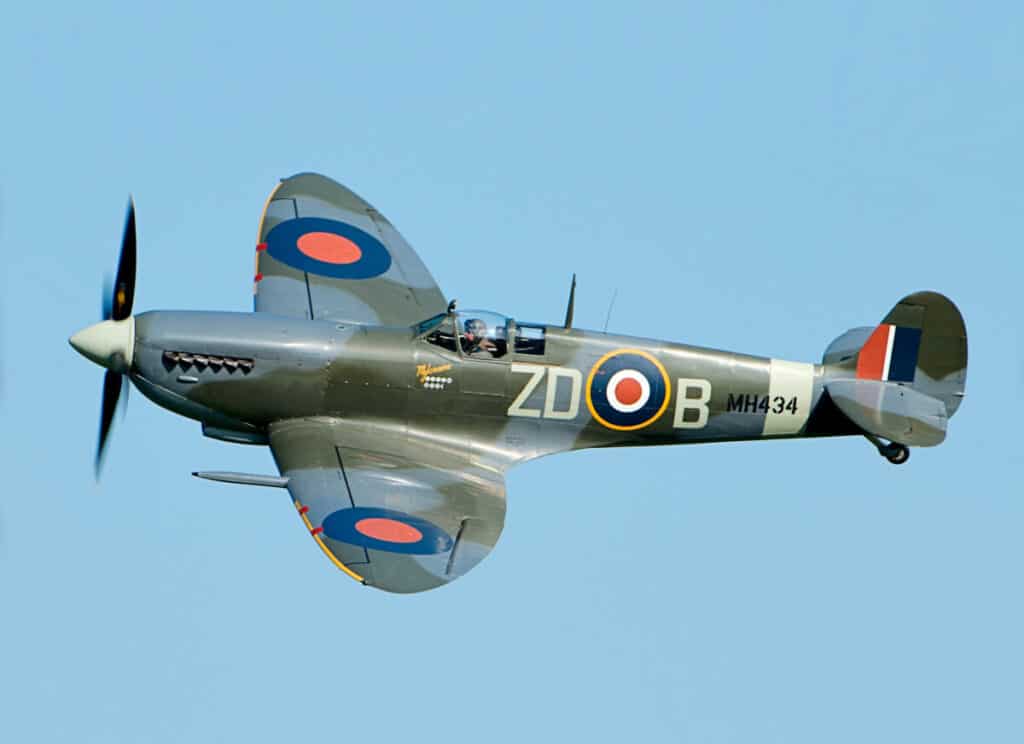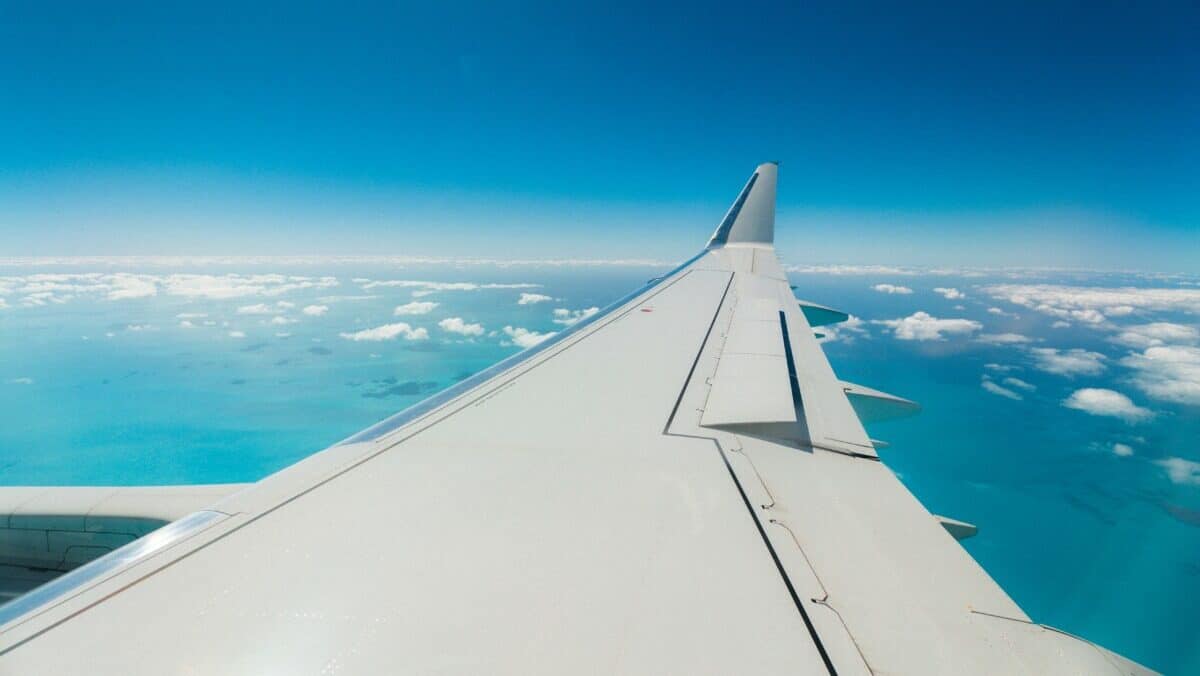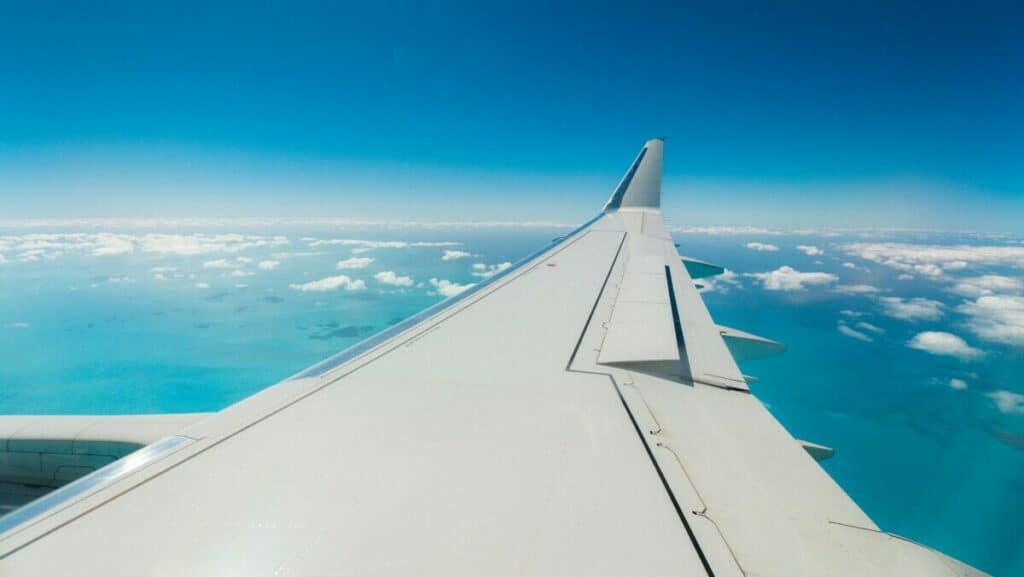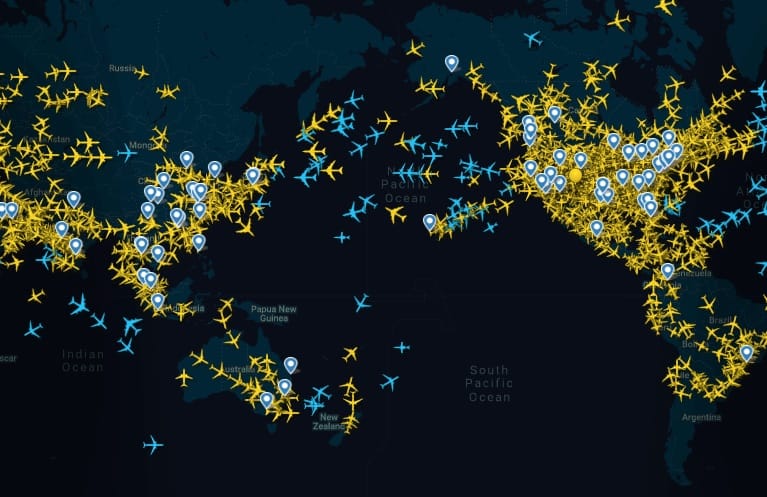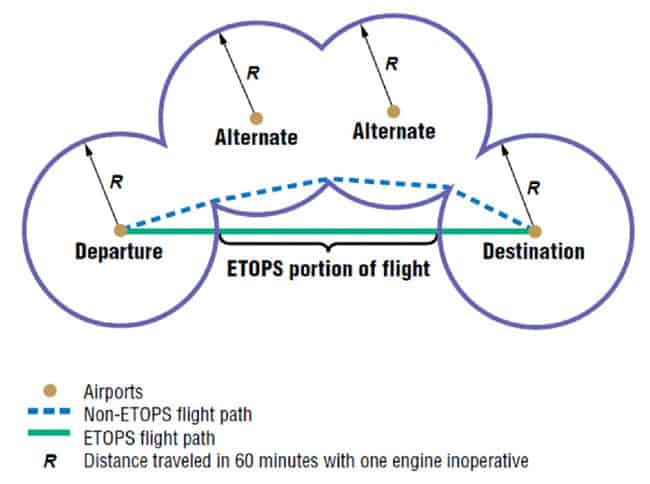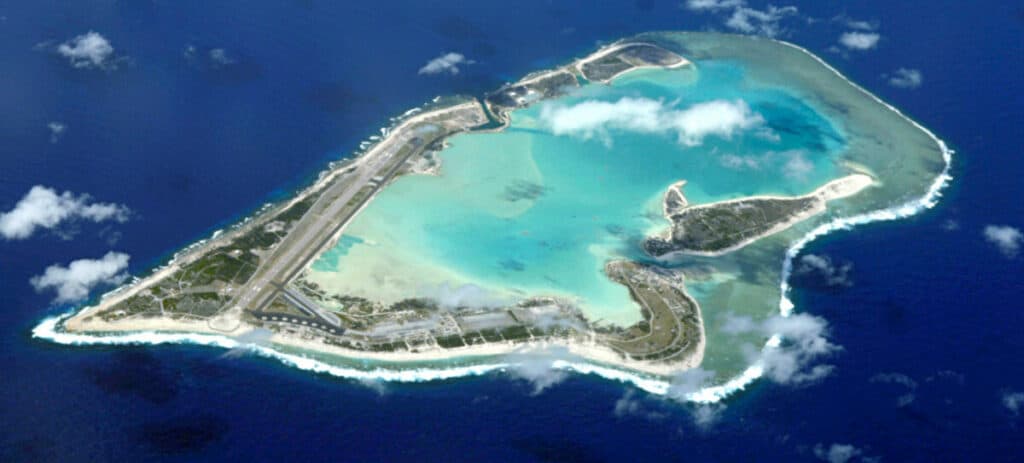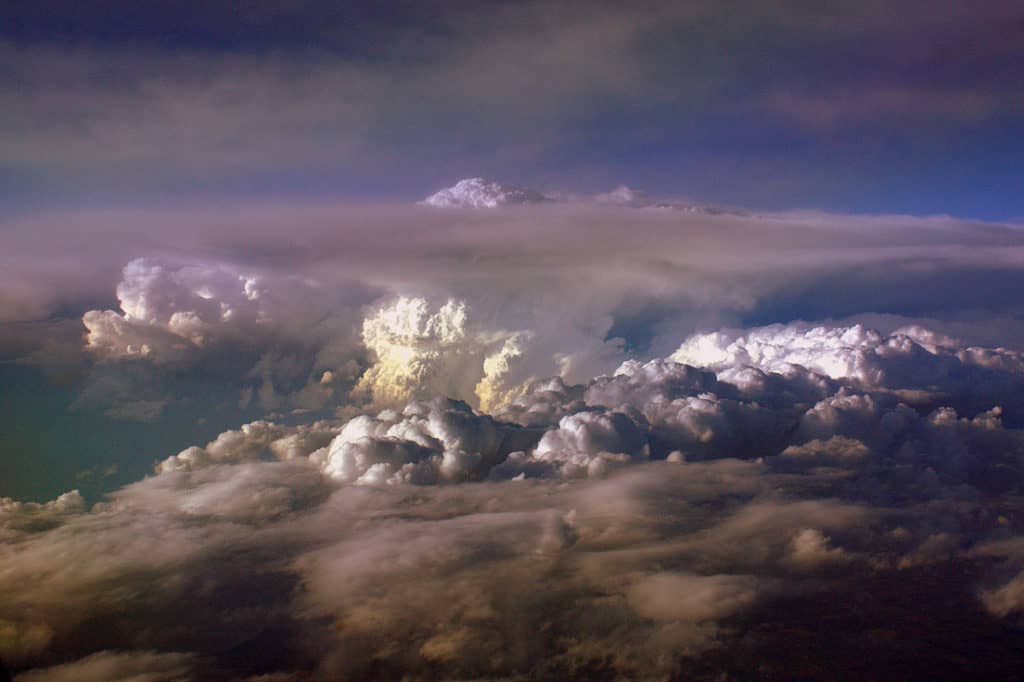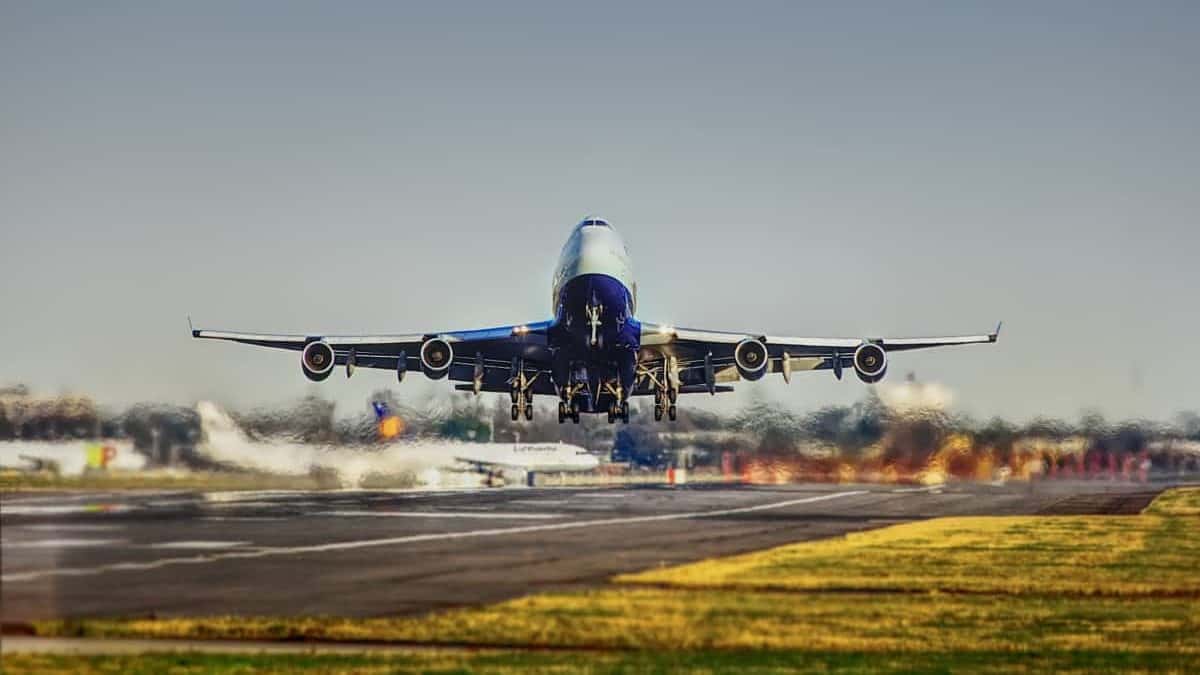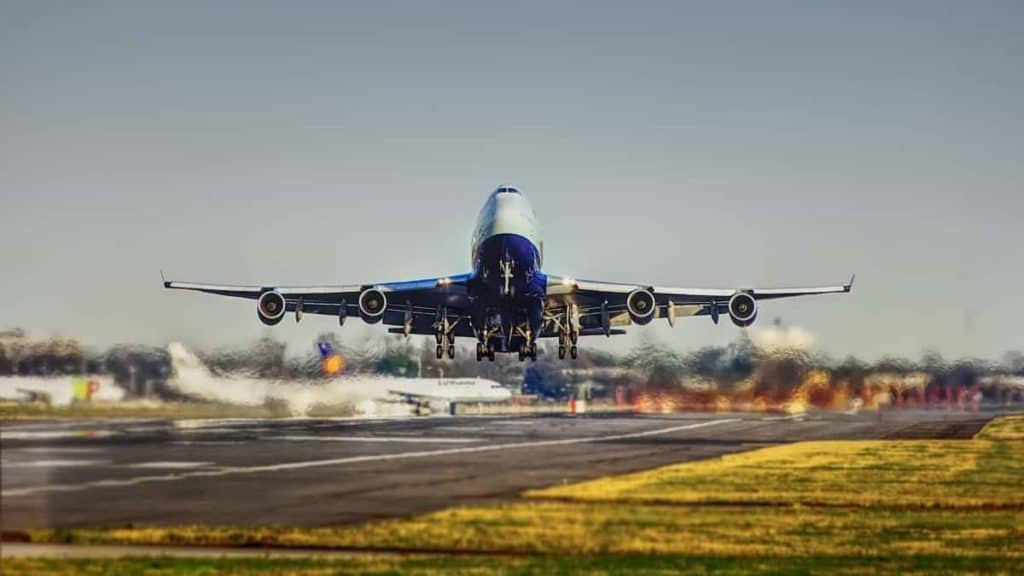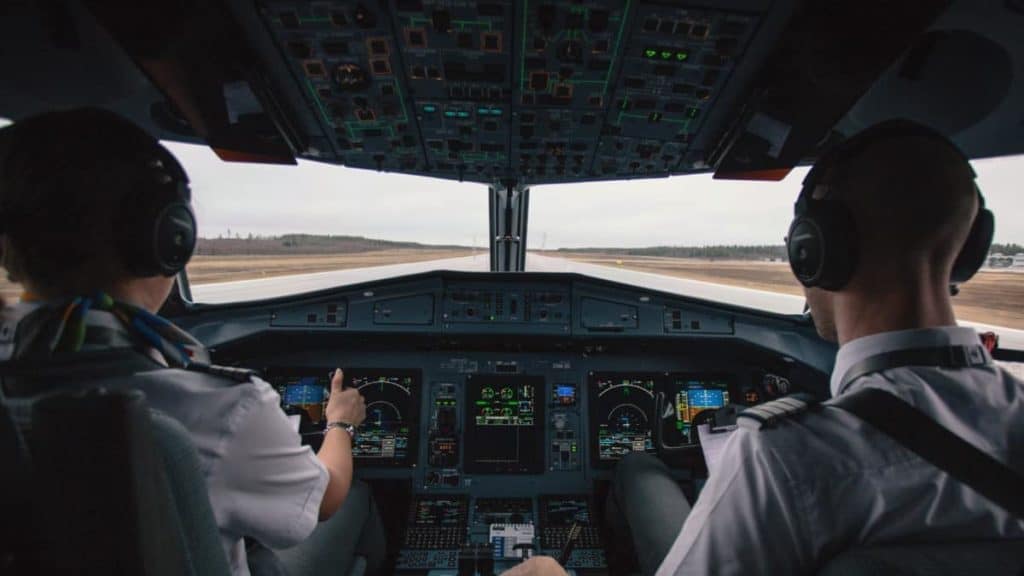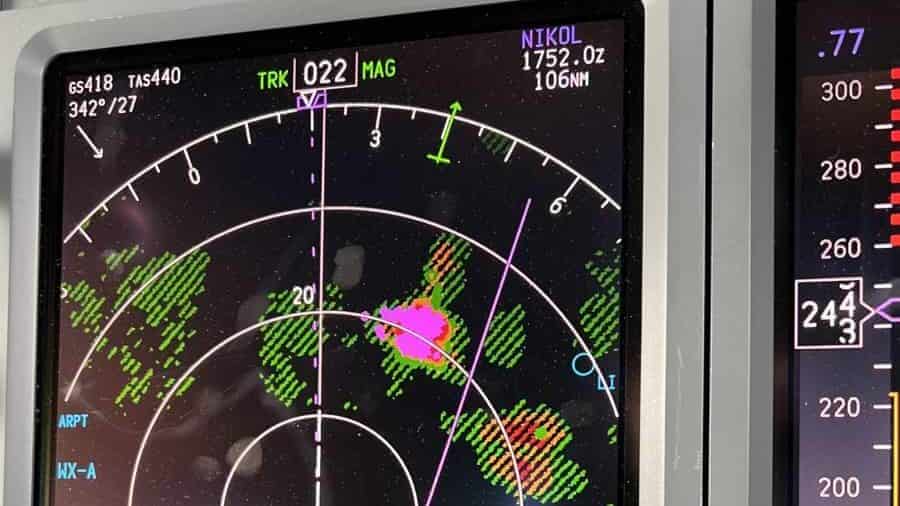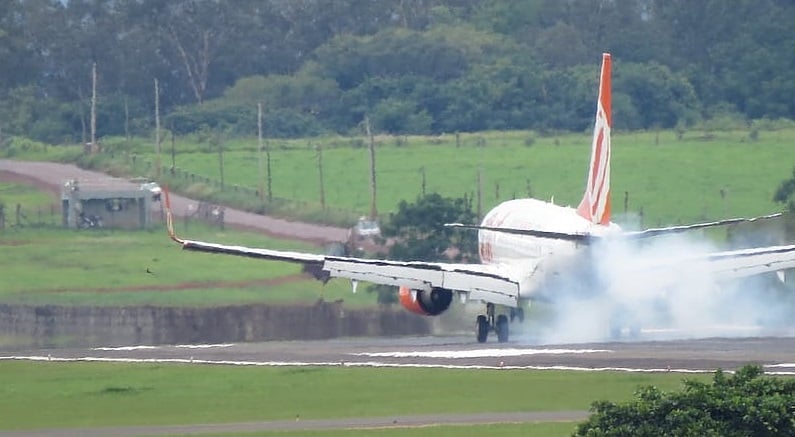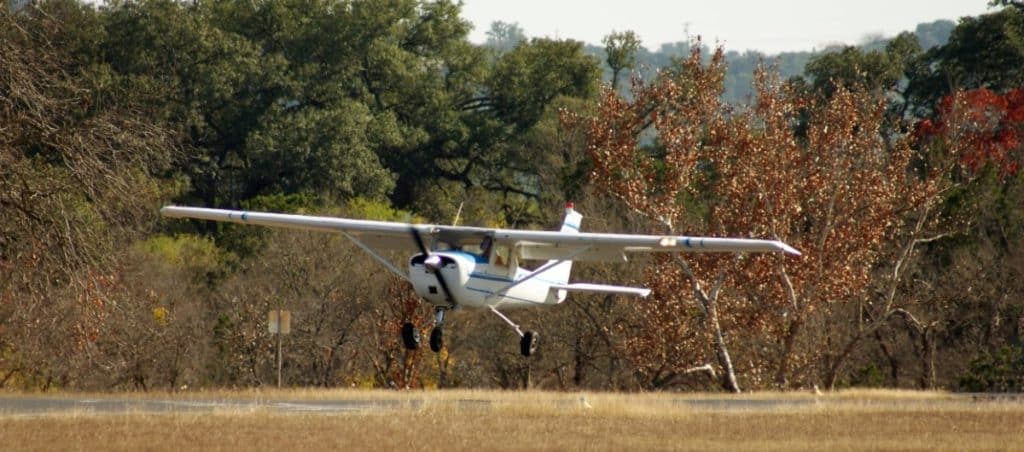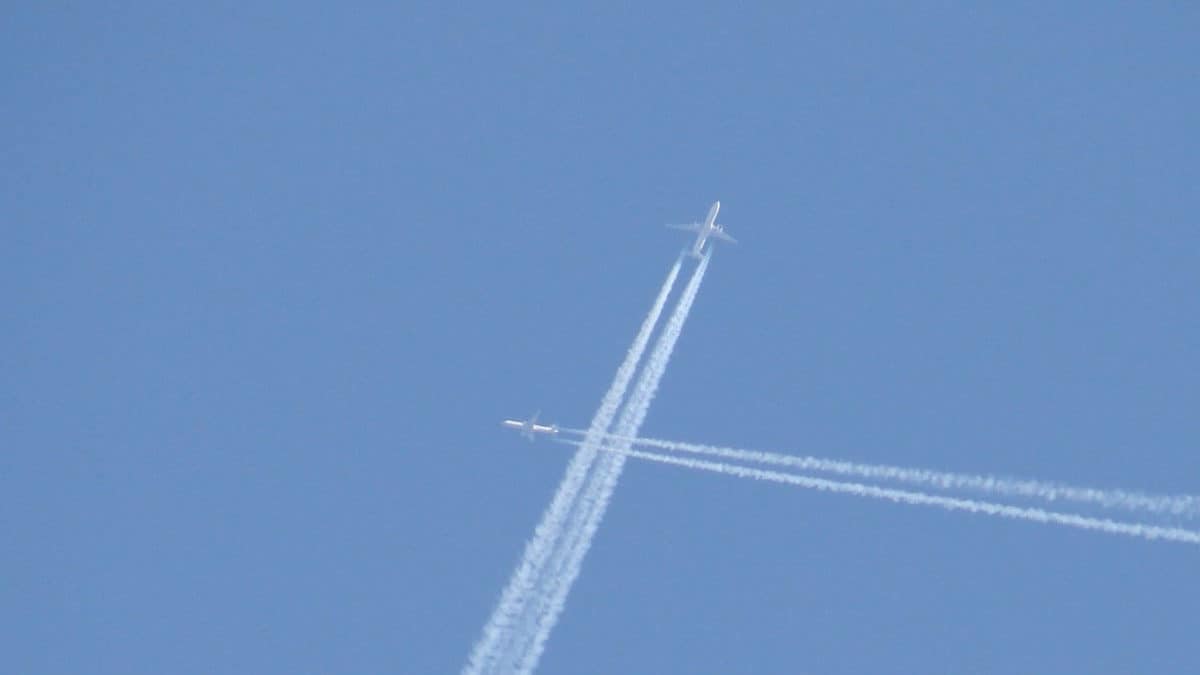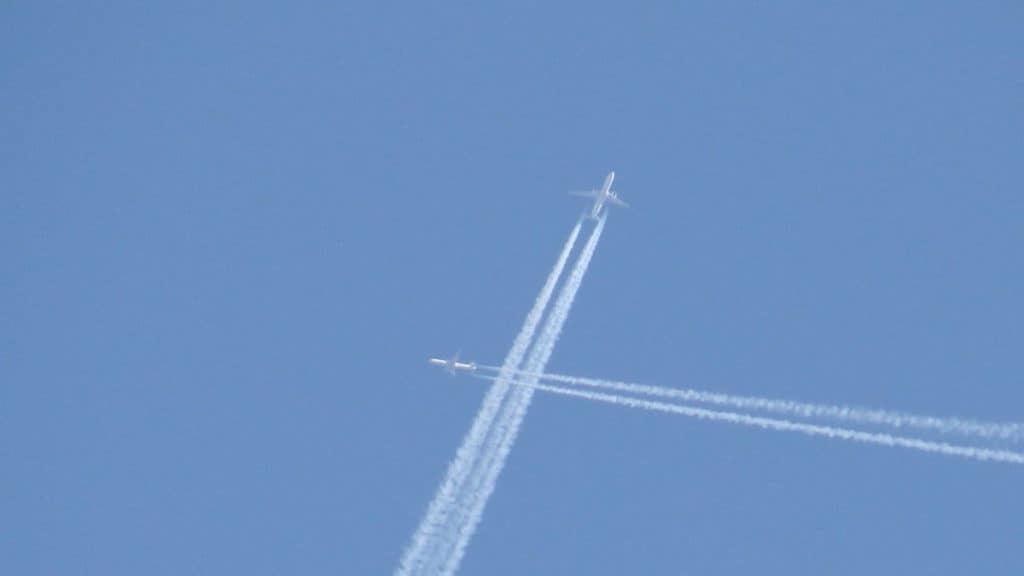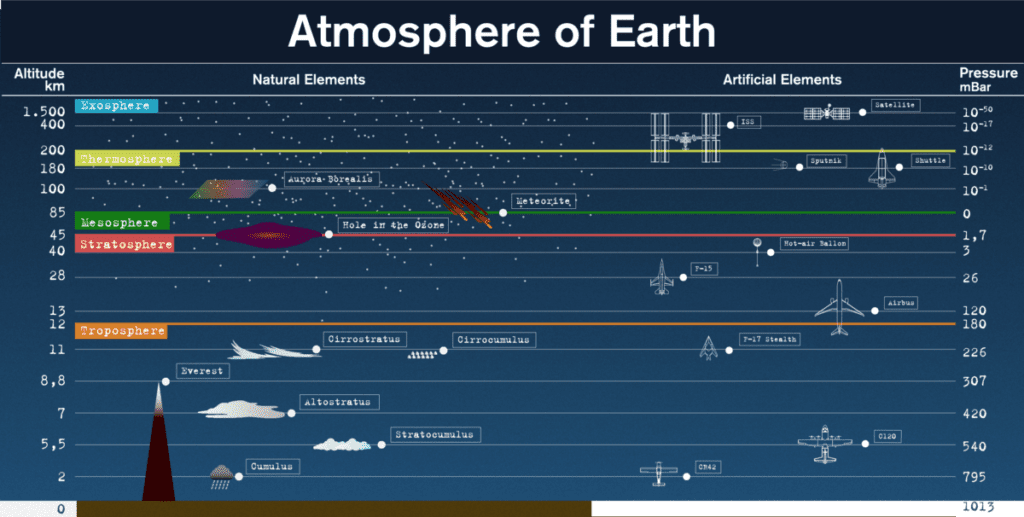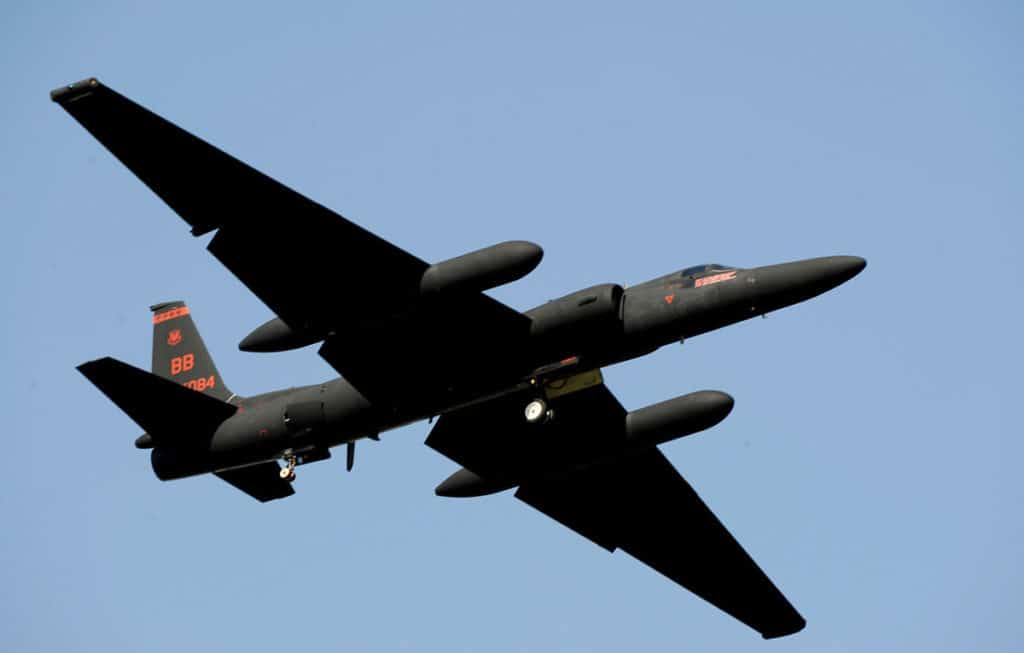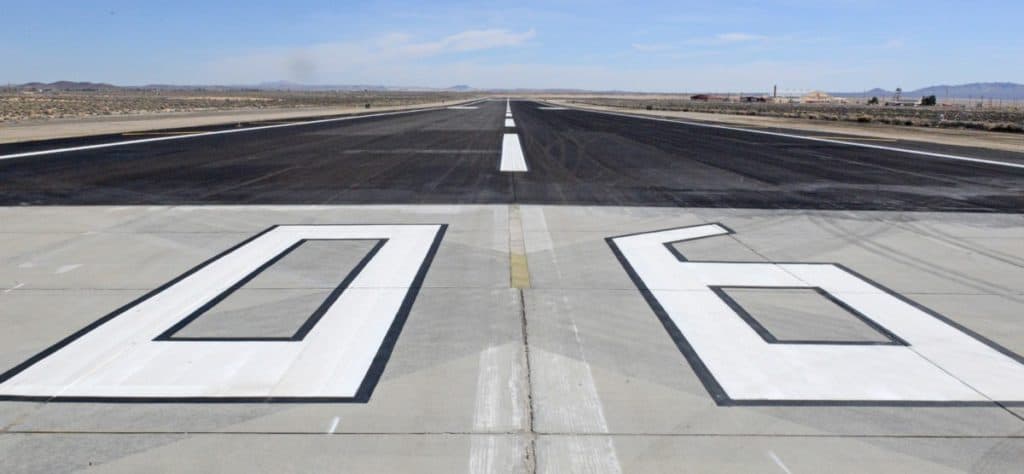
Have you ever sat in an airport terminal looking at the runway and wondered about the dimensions of runways? How long is a particular runway, and why? What determines runway width, and how deep is the pavement?
Runway size is designed based on the size of aircraft that will be using them and the local year-round climactic conditions. Larger aircraft need longer, wider, and stronger runways than small aircraft. Most international airport runways are at least 150ft/46m wide & 6,000-15,000ft/1,829-4,572m long.
When planning to construct a runway, engineers need to consider the type of aircraft that will most frequently be utilizing the facility this will be the biggest deciding factor in the future of the airport.
The altitude and climate will help determine the length of the runway and type of preferred surface (i.e., concrete, asphalt, or a combination), and it’s crucial to know if there is a slope to the land, no matter how slight, so that the runway length is just right for ideal operations.
Much like the length, the builders of a new runway will need to know what type of aircraft will be taking off and landing most frequently, so that the correct width is planned based on FAA categorization (More on this later).
During my private pilot training, I experienced runways that were as narrow as 35 feet, to as wide as 150 feet. Sitting in a small 2-seat aircraft on a 150ft wide runway on which large commercial jet airplane land is an intimidating experience when you first line up for takeoff!
Let’s get into more runway design specifics.
How is Runway Length Determined?
The Federal Aviation Administration (FAA) has established recommended runway lengths that are spelled out in Advisory Circular 150/5325-4B. Initially, all airport locations are considered to be identical with no obstructions for takeoff or landing, no wind, a dry runway surface, and totally flat terrain.
Planners then consider the type of aircraft that will most likely be utilizing the field, from small planes weighing no more than 12,500lbs / 5,670kg at takeoff, to larger planes that weigh in excess of the same weight specification.
Other crucial factors that help determine runway length include the field’s altitude, climactic factors such as hot weather, strong winds, or frequent snowy or icy conditions. Each of these factors will lead to a longer runway than a dry one located at sea level, with no discernable landing or takeoff difficulties (think San Diego).
Here are some typical aircraft takeoff roll distances at 50°F, sea level, no wind, max gross weight:
| Cessna 152 (2 seats) | 775ft / 236m |
| Beech Bonanza (6 seats) | 1,913ft / 583m |
| Boeing 737-800 | 4,955ft / 1,510m |
| Gulfstream 500 (private jet) | 5,300ft / 1,615m |
| Airbus A321 | 7,500ft / 2,286m |
| Airbus A380 | 9,800ft / 2,987m |
| Boeing 777-300 | 11,614ft / 3,540m |
On the flip side is Denver International Airport with an elevation of over 5,400feet / 1,645meters and frequent snow and ice during the winter season, and Phoenix Sky Harbor International Airport where summer temperatures well over 100°F degrees are common.
Take the Boeing 737-800 above. At sea level with standard atmospheric conditions (wiki link) it will take around 4,955ft / 1,510m to become airborne. Take the exact same aircraft and have it take off a runway but at 4,000ft / 1,220m and it now requires a takeoff roll of 6,000ft / 1,830m!
A higher altitude, expected inclement weather, and excessive heat are all reasons designers add considerable length to a runway as all of these conditions degrade the aircraft’s performance in some way and the additional space is required to allow the aircraft to operate safely without running out of runway.
Long Runways at Some Major International Airports:
Airports with longer runways that could accommodate jet aircraft were mostly built in the 1960s or later, and are primarily located farther from the city center where land was available at the time of construction.
Here are some of the world’s busiest airports:
| Airport | Runway Length | Runway Width |
|---|---|---|
| John F. Kennedy International Airport, New York | 14,572ft / 4,442m | 200ft / 61m |
| Hartsfield-Jackson Atlanta International Airport | 14,001ft / 4,268m | 200ft / 61m |
| Istanbul New Airport | 13,500ft / 4,115m | 200ft / 61m |
| Narita International Airport, Tokyo | 13,123ft / 4,000m | 200ft / 61m |
| Miami International Airport | 13,016ft / 3,967m | 150ft / 46m |
| Chicago O’Hare International Airport | 13,000ft / 3,962m | 150ft / 46m |
| Los Angeles International Airport | 12,923ft / 3,939m | 150ft / 46m |
| London Heathrow International Airport | 12,800ft / 3,901m | 150ft / 46m |
| Beijing Daxing International Airport | 12,500ft / 3,810m | 150ft / 46m |
| Phoenix Sky Harbor International Airport | 11,500ft / 3,505m | 150ft / 46m |
Short, Longest Runways at Some Major U.S. Airports:
These airports were built close to the downtown core well before the jet-age, in order to service propeller-driven aircraft that required far less runway than today’s jetliners:
| Airport | Runway Length | Runway Width |
|---|---|---|
| Dallas Love Field | 8,800ft / 2,682m | 150ft / 46m |
| Houston Hobby Airport | 7,602ft / 2,317m | 150ft / 46m |
| Washington/Reagan National Airport | 7,169ft / 2,185m | 150ft / 46m |
| La Guardia Airport, New York | 7,000ft / 2,134m | 150ft / 46m |
| Midway Airport, Chicago | 6,522ft / 1,988m | 150ft / 46m |

Join My Newsletter & Get Great Tips, Information and Experiences To Help You Become a Superb Pilot!
Where are Some of the Longest Runways in the World?
Qamdo Bamda Airport (ZUBD), Tibet, China
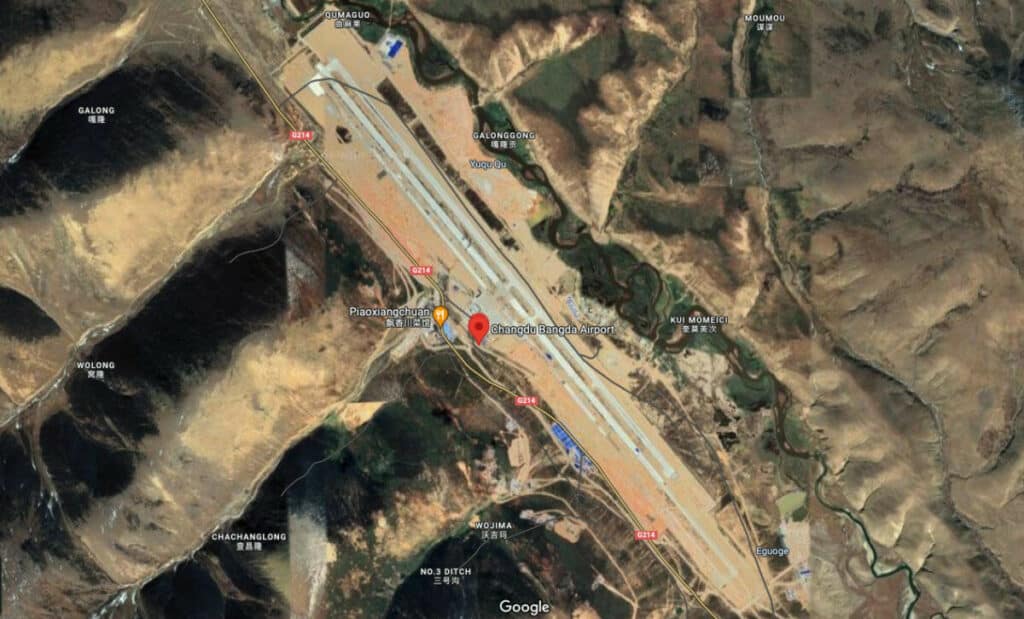
Located high in the Hengduan Mountain Range at 14,435ft / 4,400m above sea level, the 18,045ft / 5,500m runway is necessary because aircraft engine performance is drastically reduced with the high altitude location of this runway. This requires longer takeoff rolls necessitating higher speeds, as well as increased landing distances.
Zhukovsky International Airport (UUBW), Moscow, Russia
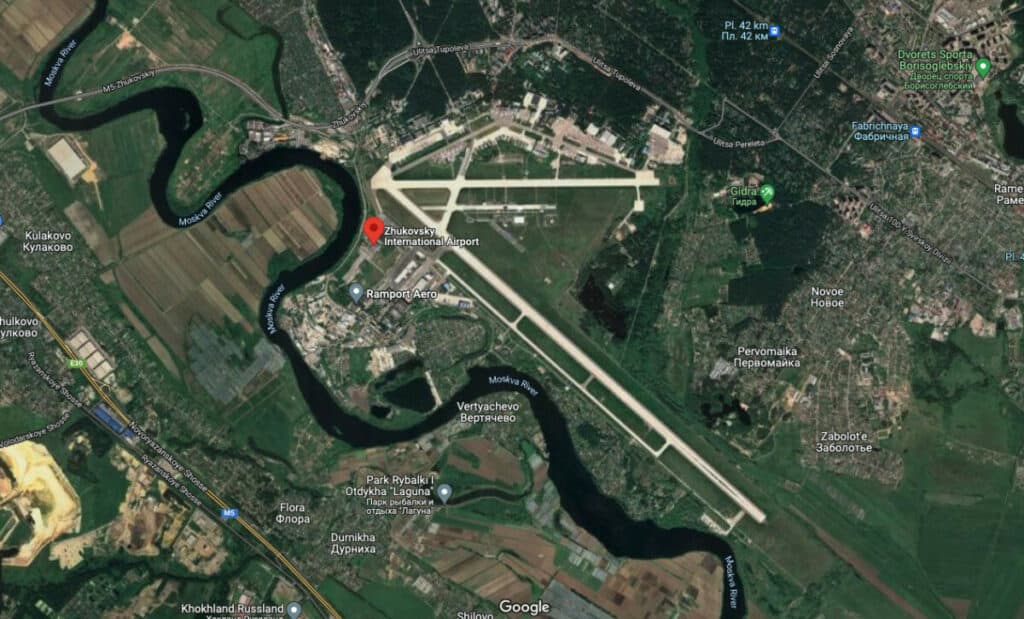
The newest passenger airport in the city opened in 2016 with its major runway being 17,723ft / 5,400m long! Planners decided on such a long runway to accommodate any size aircraft that may be developed in the future. This airport was built with the future in mind, not only for its runway, but passenger terminals, and baggage handling system.
Denver International Airport (KDEN), Colorado, USA
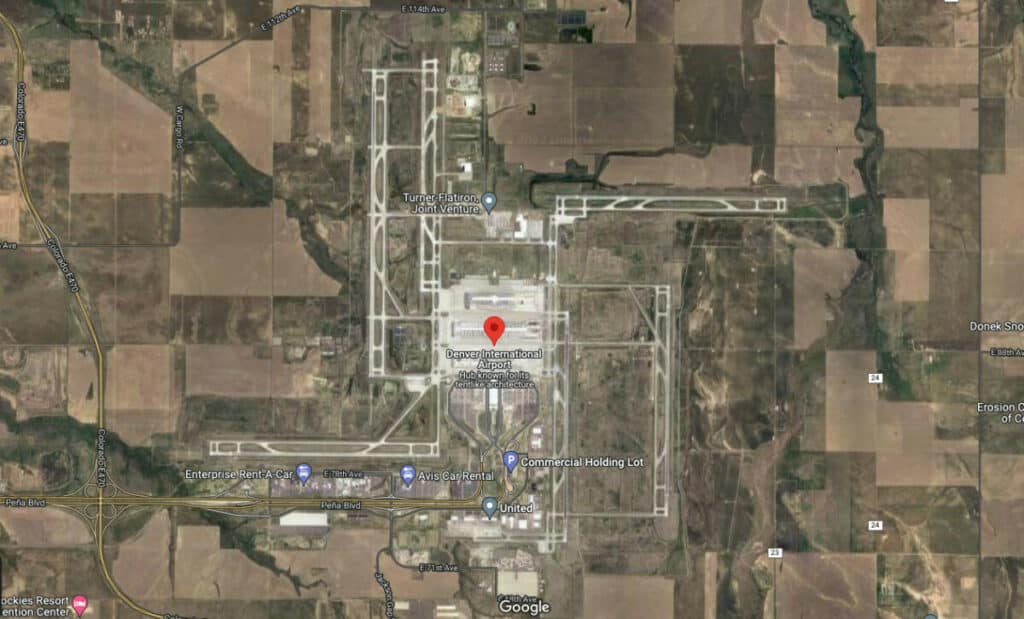
Denver has the longest runway in the Americas, 16R/34L, at 16,000ft / 4,877m. Given its elevation of 5,433ft / 1,655m above sea level, it’s no surprise that such a long runway is needed in order to handle passenger jets as large as the Airbus A380 double-decker.
Learn More…
Try These Articles:
* What are Airport Landing Fees?
* How Much Do Airplanes Weigh? (With 20 Examples)
How is Runway Width Determined?
While there are no minimum or maximum runway width requirements, each airport has to provide enough tarmac to attract the size of aircraft they anticipate will be using the airport. The same holds true for the taxiways so that even the largest aircraft that may utilize the airport is also able to move around the field efficiently and without coming into contact with other aircraft, structures, or ground vehicles.
The FAA has developed the ADG (Airplane Design Group) that uses an aircraft’s wingspan and tail height above ground to determine the runway width required for safe operation. There are six ADG categories with category I (100ft width or less), up to category VI (200ft).
| ADG Category | Wingspan | Min Runway Width |
|---|---|---|
| I | <49ft / 15m | 100ft / 30m |
| II | 49ft – 79ft / 15m – 24m | 100ft / 30m |
| III | 79ft – 118ft / 24m – 36m | 100ft / 30m |
| IV | 118ft – 171ft / 36m – 52m | 150ft / 46m |
| V | 171ft – 214ft / 52m – 65m | 150ft / 46m |
| Vi | 214ft – 262ft / 65m – 80m | 200ft / 61m |
With the exception of airports at high altitudes or with extreme weather conditions, a runway width of at least 100 feet is required to handle the Airbus A318, A319, A320, and A321, as well as various models of the Boeing 737.
An additional 50 feet is necessary for aircraft such as the Airbus A330, A340, and the Boeing 747, 757, and 767.
How Thick are Runways Built?
Depending on the expected weight of aircraft utilizing an airport, runways may be anywhere from 10 inches to as much as four feet thick, including the subgrade or formation level. Asphalt, concrete, or a combination of the two are the man-made components used to make runways.
For the most part, major international airports construct their runways from concrete, as it is more stable and durable, especially when the surface needs to withstand the weight of thousands of heavy aircraft operations over the years.
Smaller general aviation airports often utilize asphalt due to smaller, lighter aircraft operating there, and asphalt being less expensive to install.
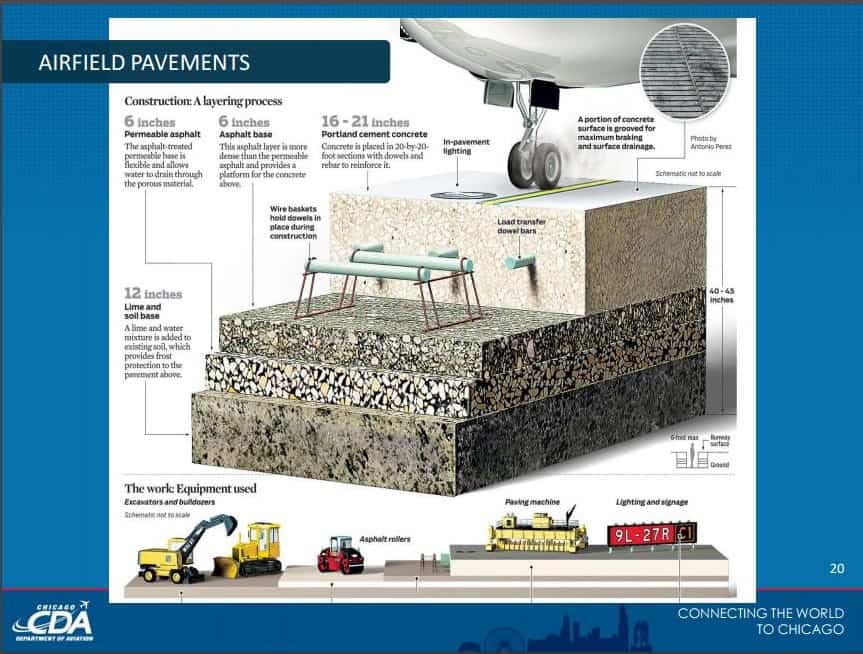
Typical international airport runways are constructed in layers as follows:
- 12-inch soil and lime base is added to the existing soil
- Six inches of permeable asphalt for drainage
- Six inches of a denser asphalt base to provide a firm platform for the concrete to be poured on top
- 16-21 inches of poured concrete in 20 x 20-foot sections reinforced with Rebar.
Can You Build a Runway on Your Property?
If you have the land and the location fits the FAA’s rules and regulations, you can build a runway for personal use.
You can find the regulations pertaining to runway construction under FAR Part 157 and also FAA Forms 7480-1, Notice for Construction, Alteration, and Deactivation of Airports.
To construct your own runway you’ll need:
- A minimum of one acre of land to accommodate a small general aviation aircraft
- A mixture of topsoil, sand, and gravel for the runway surface
- Construction equipment to clear and level the land or, hire a competent construction company to do the job for you
- The FAA stipulates that the runway must be at least 500 feet long and 50 feet wide
- You must erect signage clearly indicating the existence of your airstrip
- It must have a clear departure and approach path for you and any other pilots that may use the field.
- Private airstrips may not be built for commercial purposes
- The runway will need to be properly marked and lit if to be used at night
You may even want to consider a grass strip as this really reduces the cost of building your own runway.
There may also be local zoning laws to follow, so be sure to obtain the necessary building permits and/or zoning approval from your local municipality. And just to play it safe, it is recommended that you contact the FAA directly to be absolutely certain you haven’t overlooked any of their very specific rules.
Learn More…
Try These Articles:
* How Do Pilots Know Where to Taxi Around an Airport?
* Can Airplanes Land In Fog? A Pilot Tells All!

